
Kimbap on Your Korea Trip: What Visitors Should Know
Kimbap is a simple and nutritious Korean food that is great for quick, affordable meals. It is also one of the iconic dishes that comes to mind for picnics and outdoor eating.
If you visit Korea or are wondering what to eat in Korea, be sure to try kimbap from the markets or franchise stores - I've also included a list of popular places to purchase kimbap for travelers to check out.
Kimbap Song
When I think of kimbap, this song always comes to mind. In 2003, The Jadu released 'Kimbap,' and even now, 20 years later, it's a tune I find myself humming all the time.
Especially when I'm making my own kimbap, it just automatically starts playing in my head! The lyrics are cute and fun, always cheering me up. 😀😀 These days, I'm not sure if Gen Z knows about it. 🙃
We've lived such different lives for decades
We're way too different, it's exhausting
I like melodramas, you like action
I eat pizza, you eat cold tofu
But there is one thing we have in common, kimbap
We love kimbap, don't we?
Seaweed and rice are always together
I am so jealous
(Chorus)
Roll it up nice and tight
Like the grains of rice sticking to the seaweed
I want to stick by your side
Hug me, hug me
Until my heart bursts like that kimbap with its sides bursting
Kimbap Picnic Memories
Kimbap is great for picnics - it's easy to eat, tasty and nutritious. With vegetables, carbs and protein inside, it packs nutrients. And you only need one container. That's why we often packed kimbap for picnics.
During school trips, we'd all bring kimbap. We shared and tasted each other's - they looked the same but tasted different. One friend's was especially delicious, so it was gone quickly. I felt bad her mom prepped it at 5am.
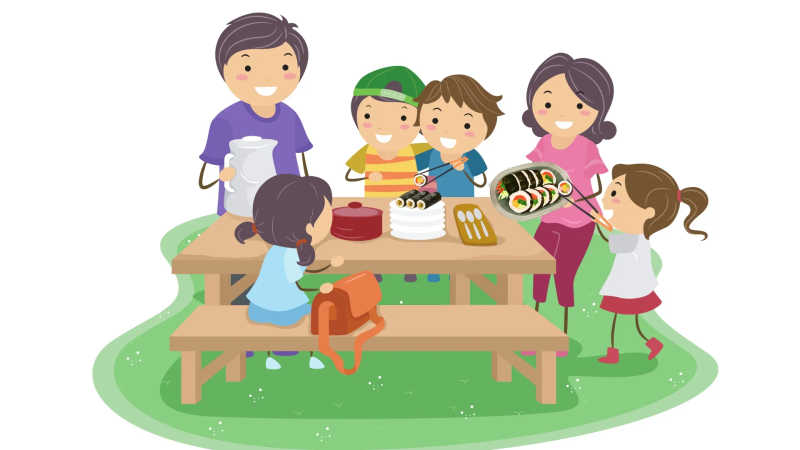
The Meaning of Kimbap
Kim (김) means seaweed and bap (밥) means rice. So kimbap refers to rice rolled inside seaweed.
The main ingredient inside kimbap is used to describe the type, such as tuna kimbap (using canned tuna and mayonnaise), bulgogi kimbap, cheese kimbap. There are many varieties depending on the fillings used.
The Differences Between Kimbap and Sushi Rolls
Both kimbap and sushi rolls involve placing ingredients on rice and rolling them up before cutting. So they have a very similar appearance, especially nude kimbap since the rice is on the outside.
Kimbap seasons the rice with sesame oil and salt, while sushi rolls use vinegar and sugar. So sushi rolls have a slightly sweet and sour flavor while kimbap has a saltier and more savory taste. While you can put in different fillings as you like when making kimbap, it does not generally use raw seafood like tuna, avocado, or cream cheese like sushi rolls do.
Kimbap Ingredients
While the main fillings can vary, common ingredients include:
- Rice seasoned with sesame oil and salt
- Danmuji (pickled radish)
- Eggs
- Stir-fried carrots and spinach in sesame oil
- Cucumbers
- Ham and imitation crab meat
The Top 3 Triangle Kimbap
There is also triangle-shaped kimbap, called samgak kimbap (삼각김밥). You can easily find these at convenience stores like CU or GS25. There are various fillings available. They typically cost between 1300 won to 1600 won, and stores sometimes run buy one get one free promotions. The most popular flavors include:
- Tuna Mayo (참치마요) - Uses canned tuna and mayonnaise.
- Jeonju Bibim (전주비빔) - Jeonju is the name of a region in Korea famous for its bibimbap rice bowl dish. This one contains gochujang chili paste so it can be spicy.
- Beef Bulgogi (소불고기) - Has a sweet sauce made with soy sauce and sugar, so it tastes sweet.

Kimbap Can Go Bad Easily
You must be careful with kimbap in the summer as it can spoil easily if exposed to heat for too long. Sometimes on picnics, we'd open the lid only to find that it smelled bad. What a disappointment after working so hard to prepare it early in the mornings.
At busy kimbap shops bustling with customers, there's no need to worry because they consistently make fresh kimbap non-stop.
⚠️ It's best to throw out spoiled kimbap right away, even though it's a waste. As kimbap contains egg, summer-spoiled kimbap can cause food poisoning. 😭
Where Can I Eat Kimbap
1. Traditional Markets or Street Vendors - With skilled professionals of over 10 years' experience, they can quickly prepare delicious kimbap.
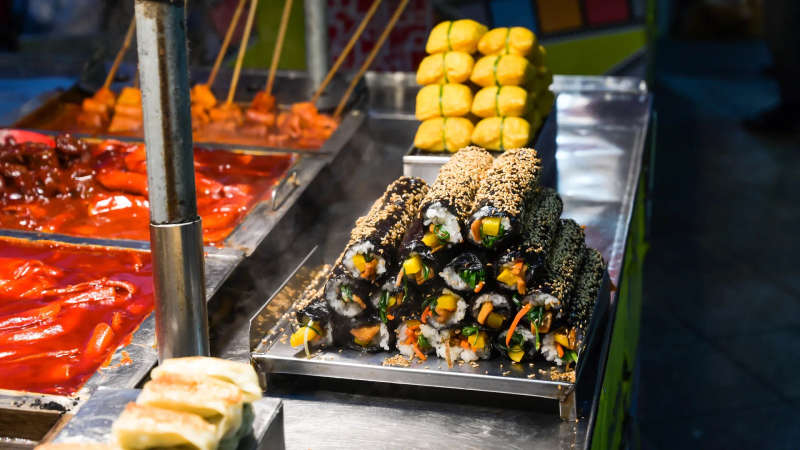
2. Kimbap Franchises
- Kimbap Cheonguk (김밥천국) - "Kimbap Heaven", sells a wide variety of kimbap dishes along with other foods like ramen, tteokbokki, tonkatsu, bibimbap, stews and noodles - with well over 30 different menu items total. The basic kimbap is 3000 won. Most other dishes range from 5000 to 7000 won.

- Gobongmin Kimbap (고봉민김밥) - Their kimbap ranges from 4000 to 5000 won. In addition to kimbap, they also sell noodles, tteokbokki, bibimbap and more. Some popular kimbap varieties include tonkatsu kimbap, shrimp kimbap, beef bulgogikimbap, cheese kimbap, and spicy eomuk kimbap.
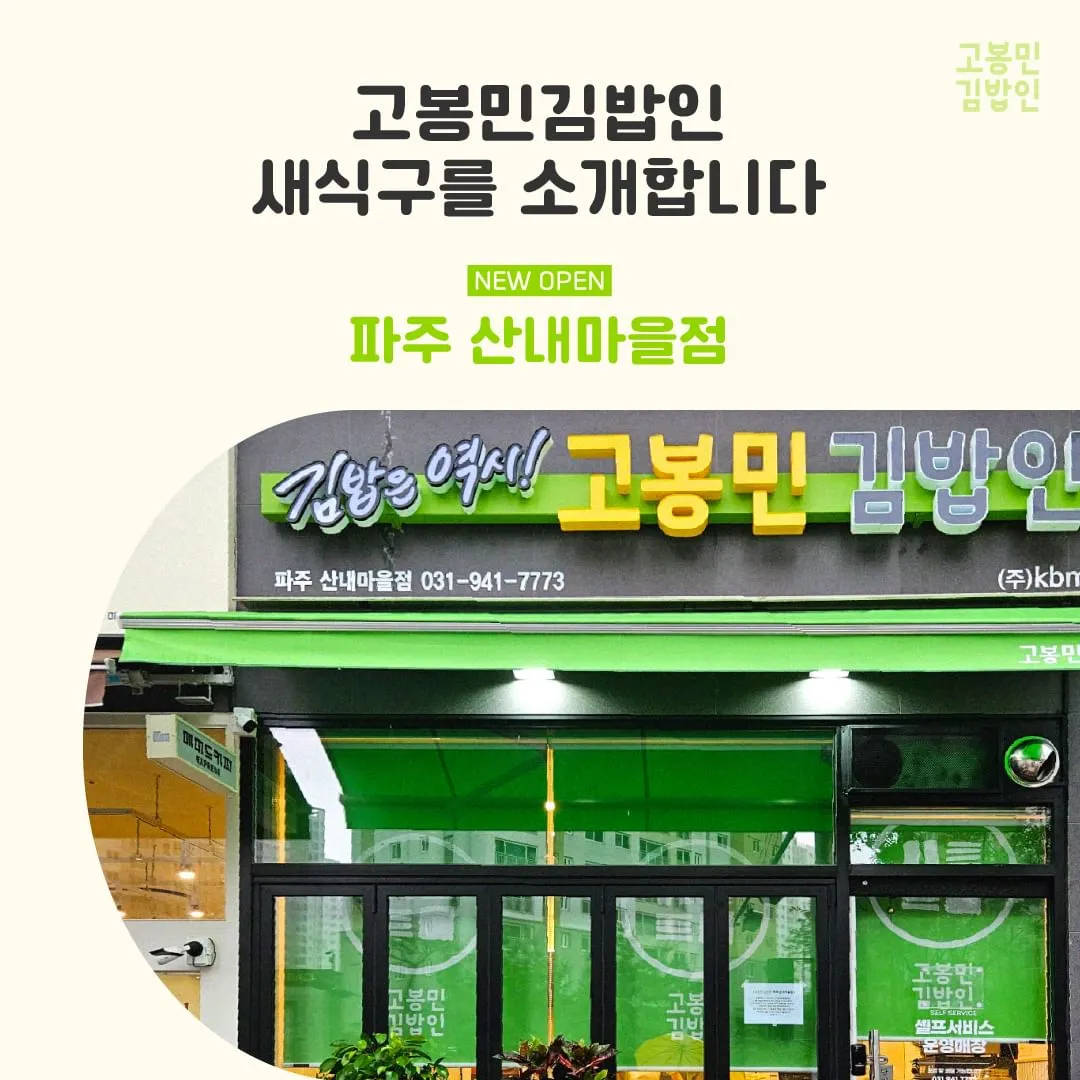
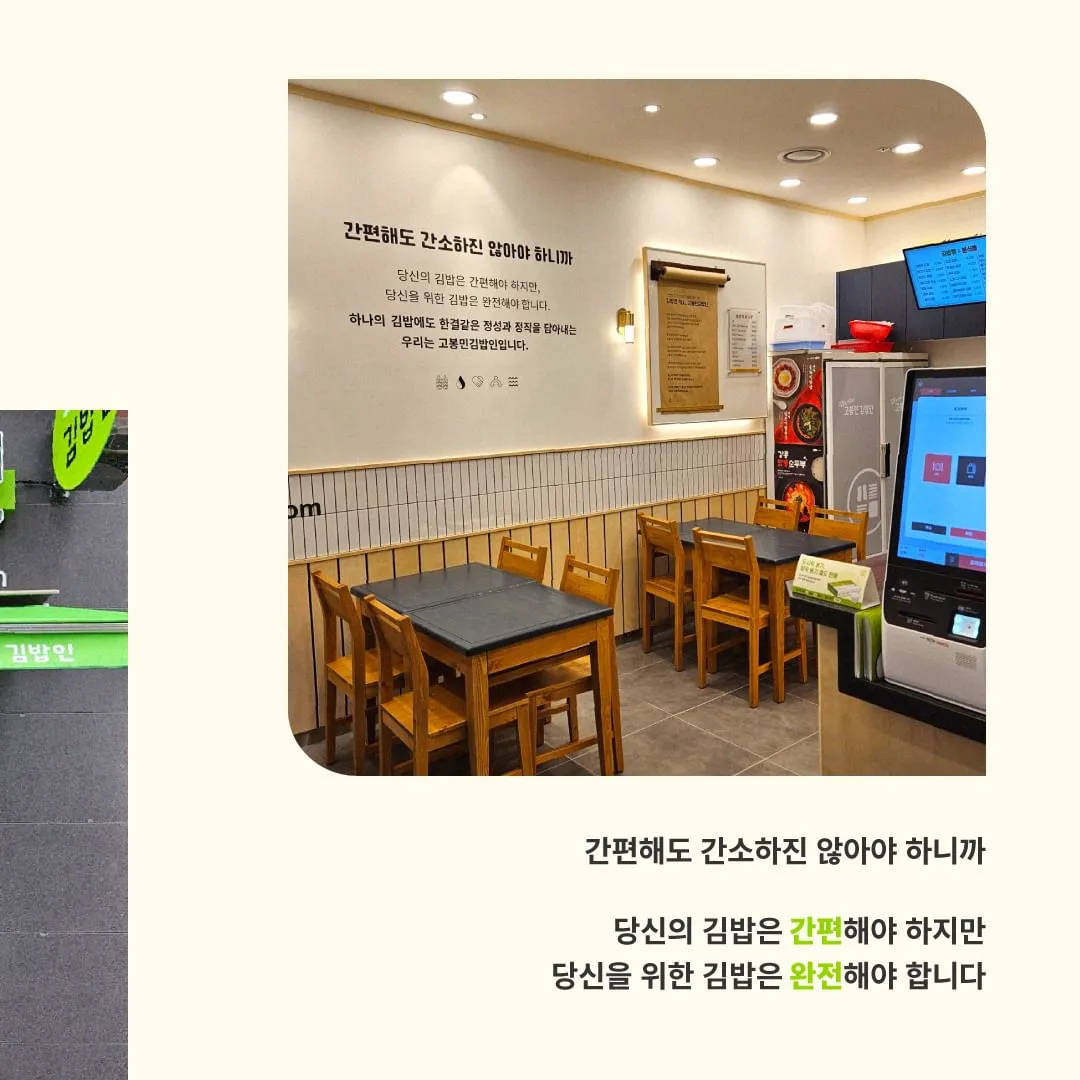
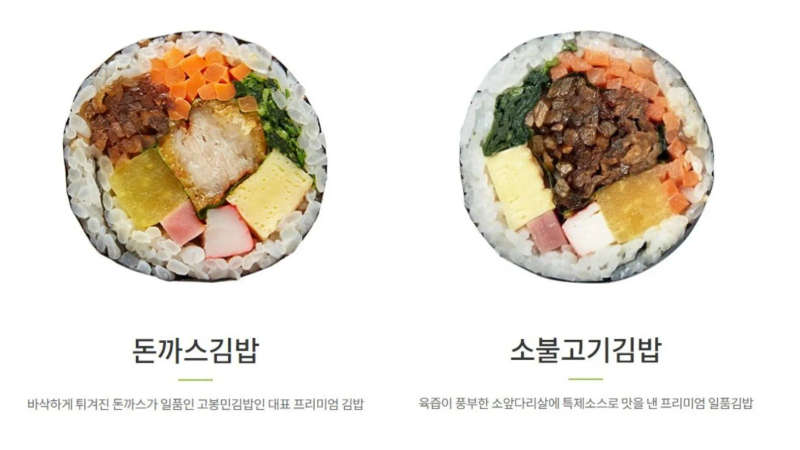
- Gimgane (김가네) - The basic kimbap here is 4000 won, while other varieties are around 5000 won. They also sell a variety of noodles, rice bowls and soups, making it a convenient option for a simple and affordable meal.
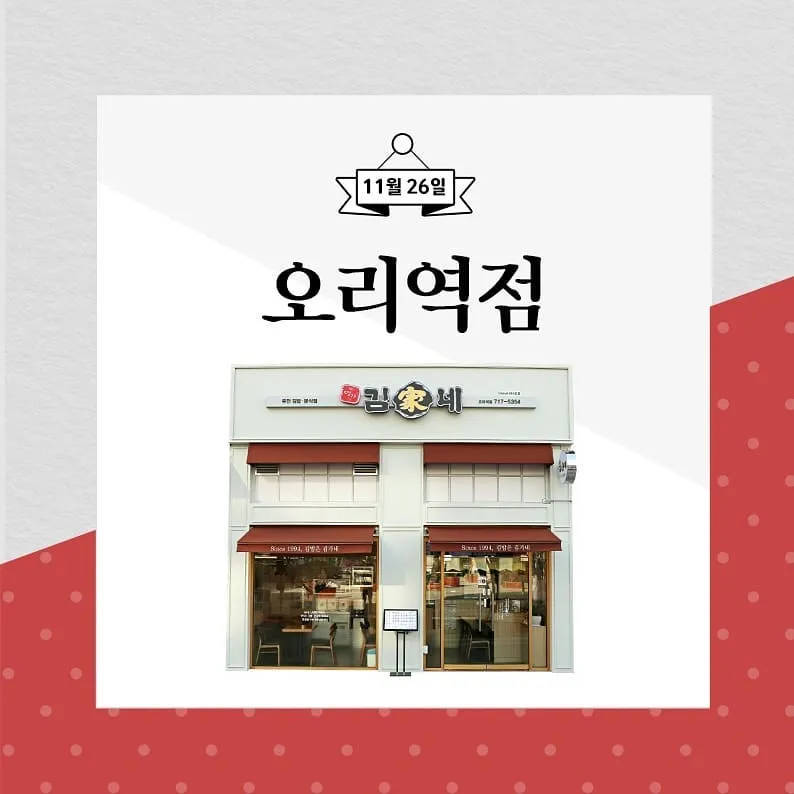
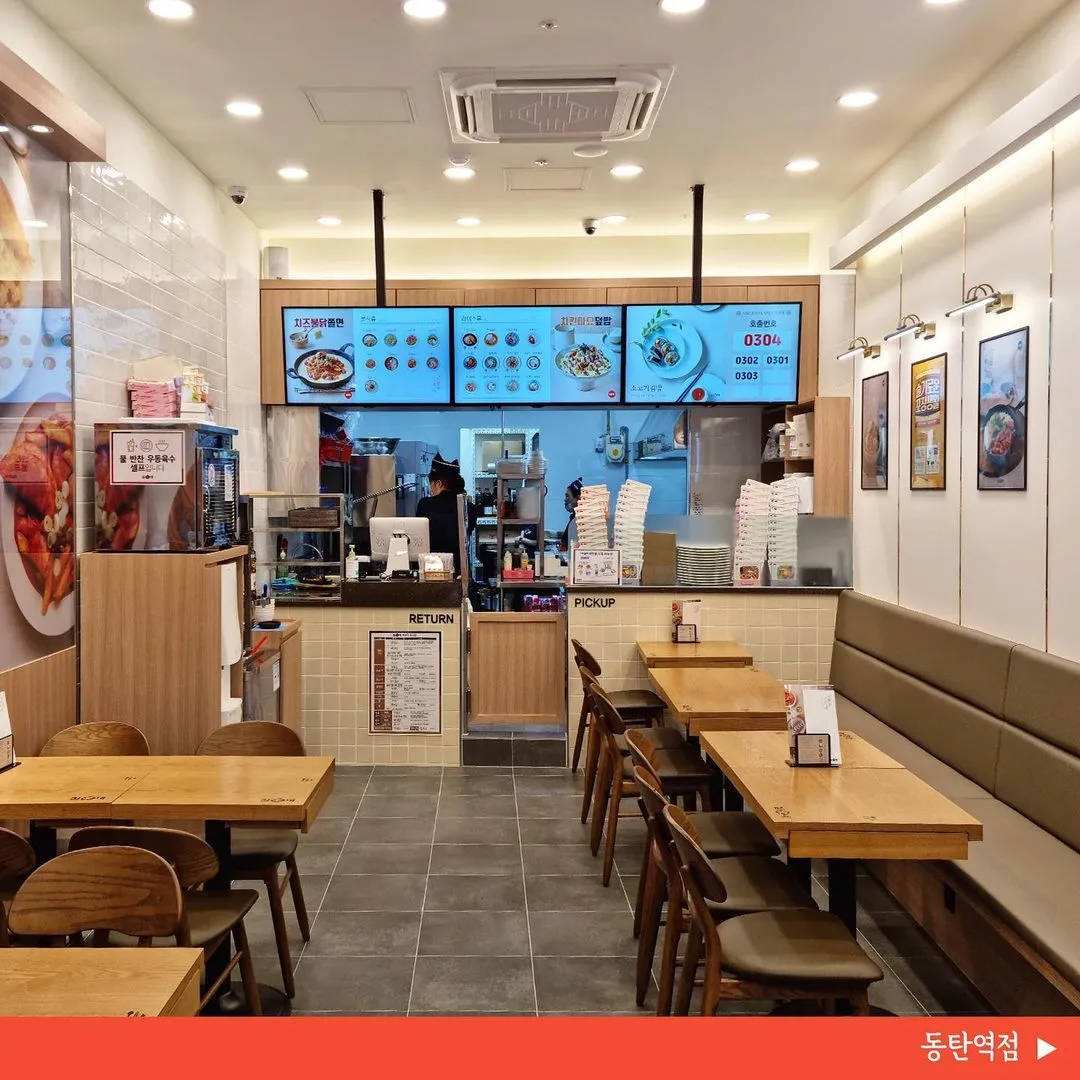
📢 Most kimbap franchises like these have self-serve water. There will be a water dispenser labeled "셀프" for customers to help themselves. By the way, if you're curious about Korean dining customs and what visitors should keep in mind while dining here, I've shared some helpful tips in my blog post discussing dining etiquette in Korea:
Wrap-up
Try having nutritious and delicious kimbap for your meals in Korea. You can also learn two Korean words - 'kim' meaning seaweed and 'bap' meaning rice. Traditional markets and franchise stores offer many kimbap with various ingredients so you can choose your taste.
You can also buy and eat triangular kimbap from convenience stores. Although similar to Japanese sushi rolls, the ingredients and seasonings are different. Be careful of food poisoning in summer as kimbap can go bad easily.